Hands-on with Ableton Live 10's Wavetable synth
All the features dissected
Ableton Live 10 might not seem like the biggest update ever, but its changes and streamlinings all create a better user experience befitting any modern producer, and bring the DAW in line with its peers in many key ways.
Top of the tree in terms of brand new features is the Wavetable synth, which includes a variety of waveforms derived from both analogue synths and other instruments, plus modelled analogue filters and a flexible modulation system.
In this video and walkthrough, we take you through all the key features of Wavetable.
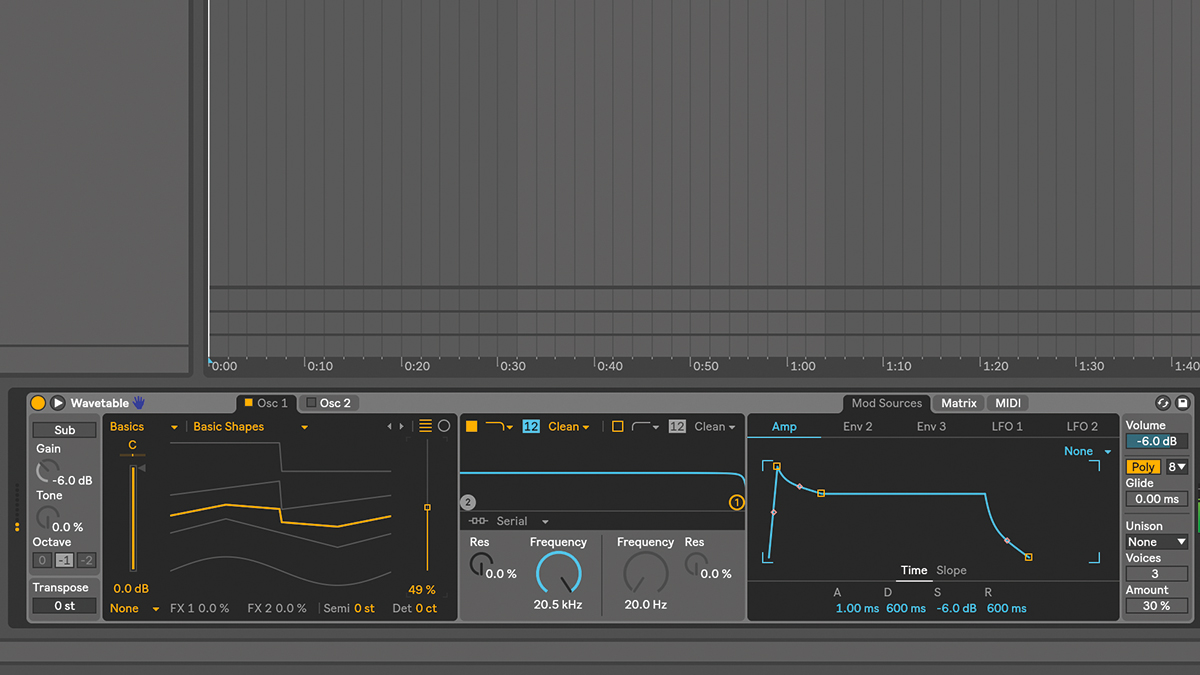
Step 1: To kick off, let’s fire up the Live 10 beta and have a play with Wavetable, the brand new two-oscillator wavetable synth. In synthesis terms, a wavetable oscillator is a collection of individual waveforms, and you can scan through these with the wave position slider.

Step 2: Fans of popular wavetable synths such as Xfer Serum might be disappointed to hear that you can’t import your own wavetables, unfortunately. But there are tons of preset wavetables – choose a preset wavetable oscillator from the dropdown list. 11 categories are available, with everything from aggressive timbres and realistic instruments to more vintage tones, formant growls and weirder tables.
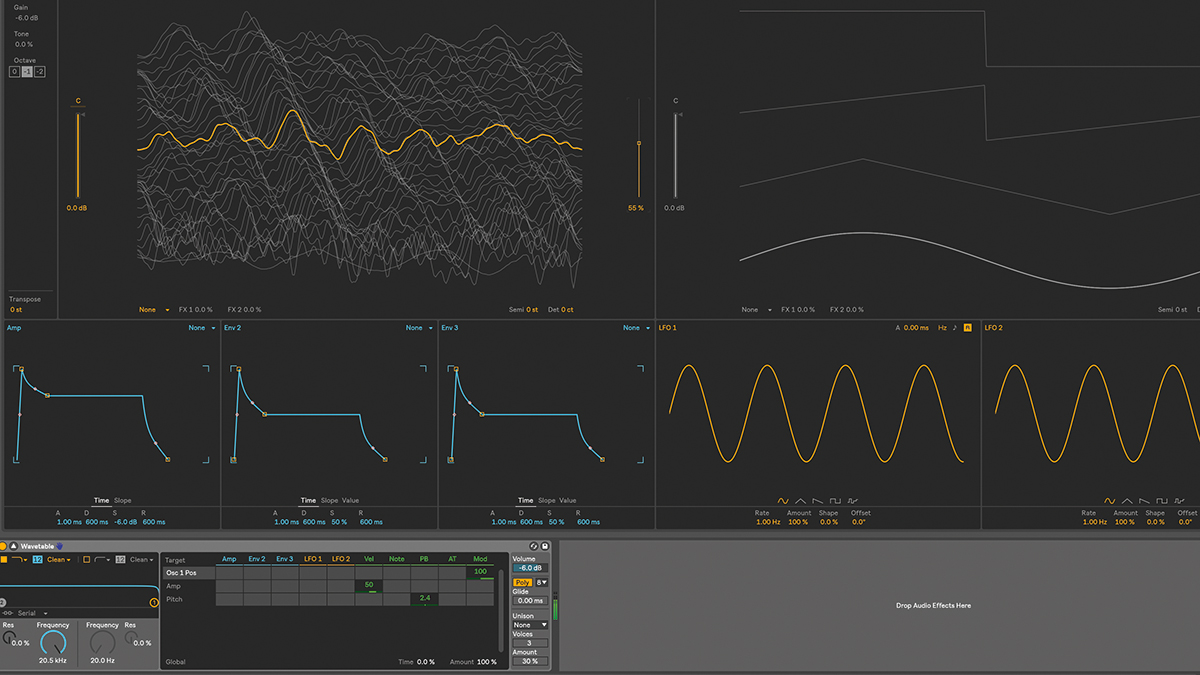
Step 3: Just like EQ Eight, Wavetable’s interface can be expanded by clicking on the arrow toggle button, then dragging the top edge up to stretch it into full-screen mode. Like all modern wavetable synths, Wavetable offers a visual 3D representation of your wavetable and the current position. Click the upper-right visualisation switch to change the views to circular displays.

Step 4: Semitone and Fine tuning controls sit under the display, which we’ll use to pitch our oscillator down an octave. Each wavetable oscillator also houses a Sub oscillator, with controls found in the top left of the oscillator section. Handily, you can raise the Tone amount to dial in harmonics and saturate the sub oscillator for more bottom-end girth.
Want all the hottest music and gear news, reviews, deals, features and more, direct to your inbox? Sign up here.
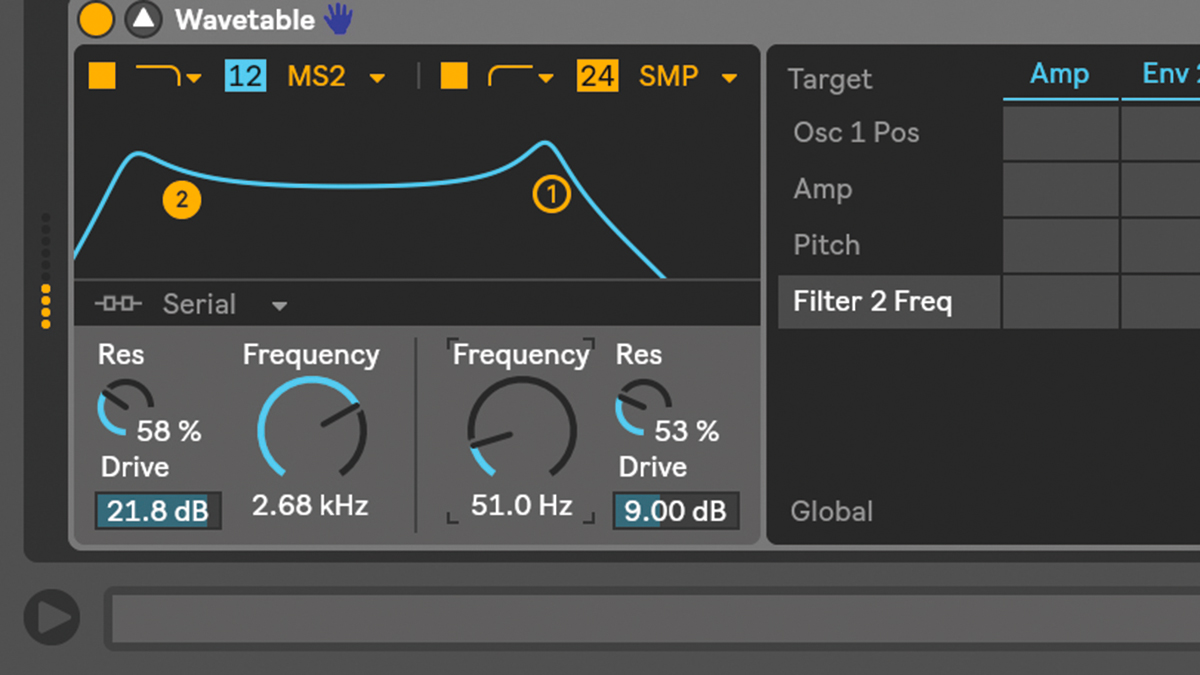
Step 5: Any synth needs a decent filter… and Wavetable has two! A pair of multimode resonant filters, in fact. Just like with Auto Filter, Sampler and Simpler, this new synth features switchable analogue-modelled filter algorithms designed by DSP wizards Cytomic.

Step 6: Modulation is assigned via the grid-style Mod Matrix. Sources go along the top, and destinations are listed vertically up the left side. The last parameter you touched will appear in the destination list. To apply modulation, drag up or down the box where source and destination intersect. We’ll apply positive modulation to the Wave Position via LFO 1, and we’ll use Env 2 to modulate Filter Frequency.
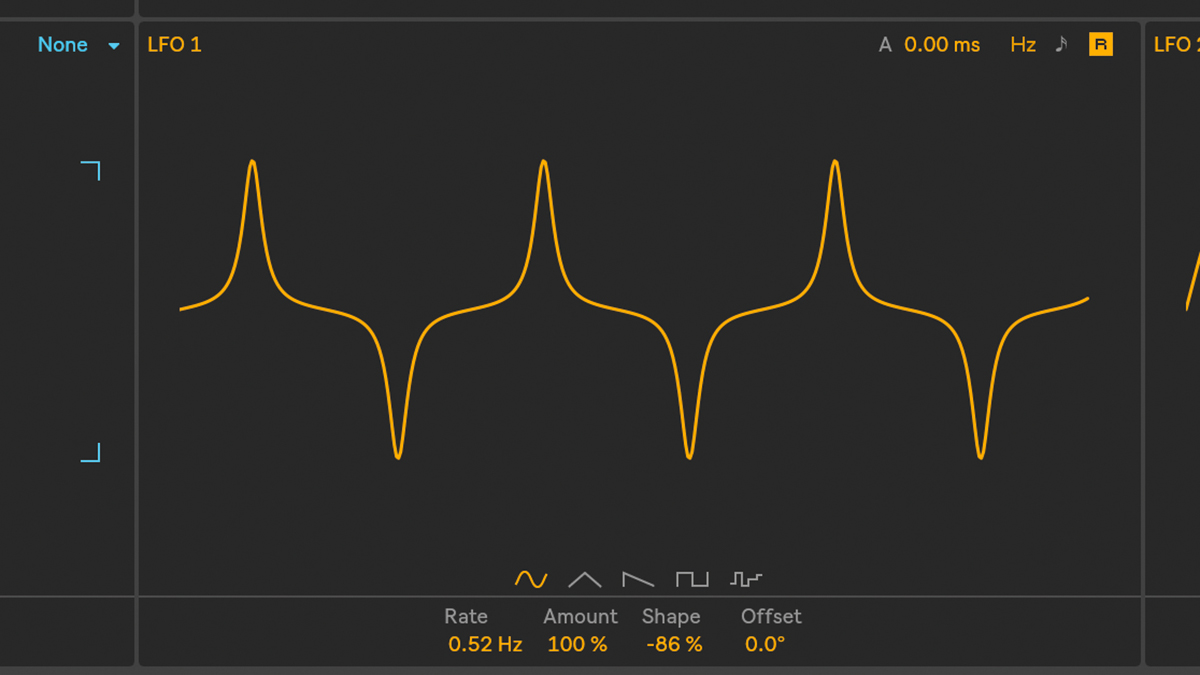
Step 7: In terms of modulation sources, Wavetable features three envelopes and two LFOs. There are five LFO shapes: sine, triangle, saw down, square and sample-and-hold. You can Sync the LFO to host tempo, and Shape the LFO waveform, to skew the modulation curve in interesting ways. Our jagged sine shape is nice and rhythmic.
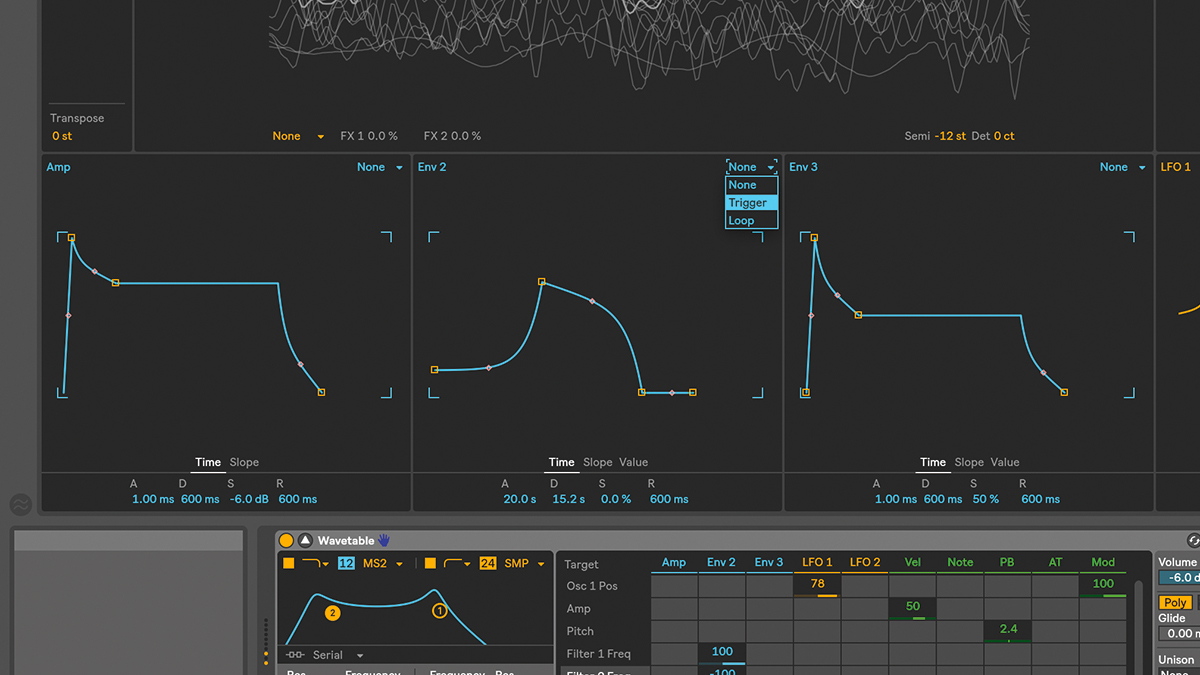
Step 8: Wavetable’s three identical ADSR envelopes should be familiar to anyone familiar with synths. The first governs amplitude, and the other two are freely assignable. As well as housing Time, Slope and Value settings for creating custom shapes, the envelope can be looped via the top-right dropdown menu.
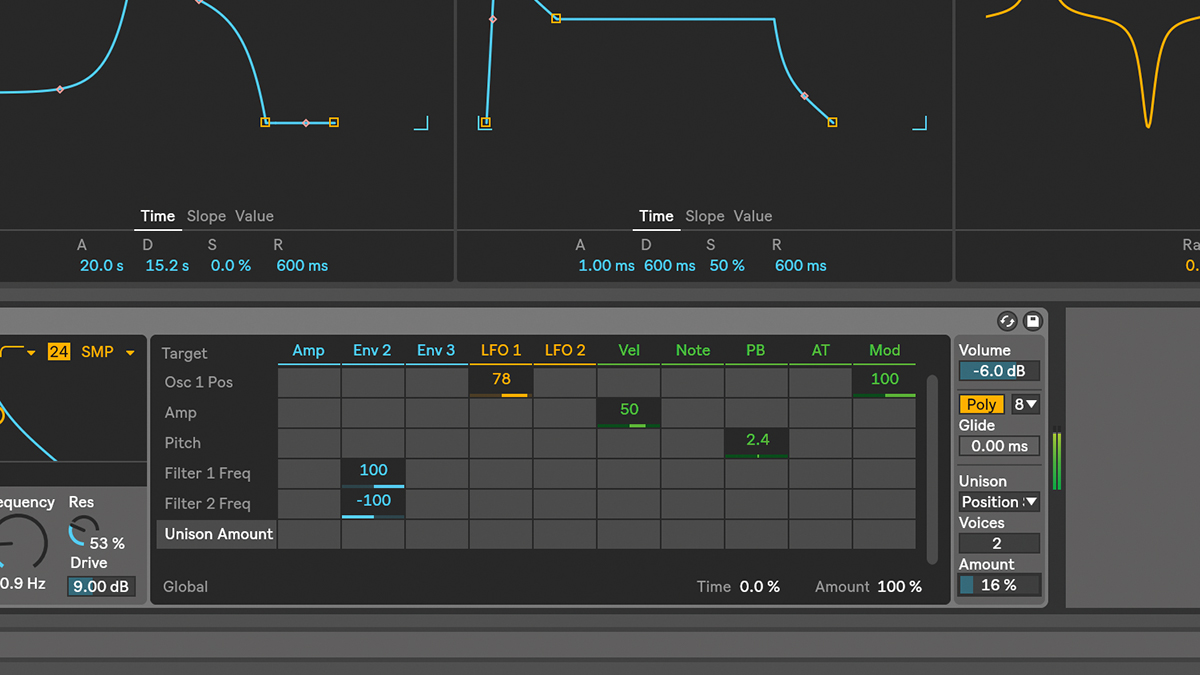
Step 9: You can apply one of three oscillator effects, that operate at waveform level. FM is a frequency modulation-style effect; Classic is essentially pulse-width modulation and osc sync; and Modern is like the Classic mode, but uses phase distortion. In the Unison section, you can set the number of unison Voices, one of three Types, and the Amount of intensity, which changes with the different types.
Computer Music magazine is the world’s best selling publication dedicated solely to making great music with your Mac or PC computer. Each issue it brings its lucky readers the best in cutting-edge tutorials, need-to-know, expert software reviews and even all the tools you actually need to make great music today, courtesy of our legendary CM Plugin Suite.
